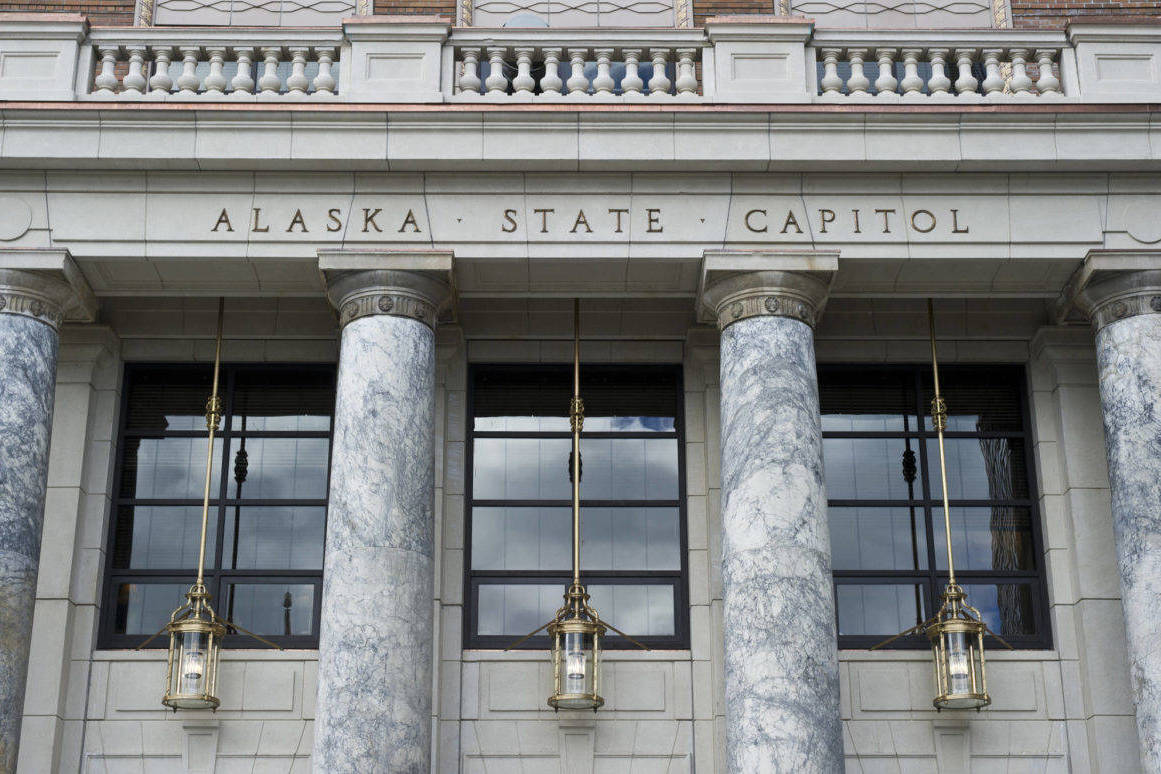Discussion about the budget continues in the state Capitol and in public forums. Alaskans from every corner of the state are concerned about what proposed deep cuts to close a $1.6 billion budget gap would do to the quality of life we have worked so hard to achieve. We are weighing in on this debate as business owners and executives who regularly interact with Alaska’s great nonprofit institutions. We have something else in common. We are board members of one of Alaska’s oldest, and certainly its largest, philanthropic organization.
As Rasmuson Foundation trustees, it is our job to steward more than half a billion dollars generated by gifts from the Rasmuson family for the betterment of Alaska. We are responsible for awarding approximately $30 million in grants annually to address community needs and support the good work of nonprofit organizations, cities, tribes and the State of Alaska, all while managing the Foundation’s assets to grow over time. We are proud of the rigorous level of due diligence we employ both in our grantmaking and our investment management.
Rasmuson Foundation’s annual giving represents a quarter of all private philanthropy in Alaska — individual, corporate and foundation. We’ve been doing this for a long time, and we’ve learned a few things we’d like to share.
We have heard repeatedly from some supporting billion-plus budget cuts that “the private sector should step up and fill the gap.” This isn’t possible. Total philanthropic giving in Alaska in 2018 added up to approximately $135 million. That’s a drop in the bucket compared to the severe cuts being proposed to our health care, education, transportation, housing and cultural infrastructure.
Over time, government has developed an effective and rational way of supporting the services Alaskans expect. Through ongoing financial partnerships between the private sector and state, federal and local governments, as well as tribes and nonprofits, Alaska has built a world-class library network, a public/private health care system that is copied around the globe, an innovative and dynamic workforce, and a housing system for seniors and people with disabilities that’s not only cost-efficient, but which provides these vulnerable populations with dignity and compassionate care. In every case, appropriated funds from the State of Alaska leverage local revenues, national sources and private funds to achieve greater results.
When the 7.1 earthquake struck last fall, 10 private, public and corporate philanthropies immediately came together to provide $690,000 to support more than 50 nonprofits delivering essential services to Alaskans, as government worked its processes to provide long-term aid to families and businesses.
Homelessness is a complex issue that affects communities across our state. Past efforts to assist Alaskans without housing have been met with mixed results. In Anchorage, the city and 22 businesses and philanthropic organizations took proactive measures by launching a pilot program called Path to Independence last October. With each partner bringing their unique strengths, expertise and financial resources to the table, 52 adults and children have been housed in units owned by private landlords as of the end of April. Nineteen people have found a job. Private philanthropy provided temporary rental assistance for six months and funded support services for up to one year. As the successful pilot comes to completion, a substantial scaling up of this work is in planning to house and assist more of our fellow Alaskans with getting back on their feet. The combination of public and private resources is at the core of this work.
Yet innovative partnerships and philanthropy can only go so far. The $30 million Rasmuson Foundation awards annually is what it costs to operate one tiny piece of the state budget — the Department of Law’s Criminal Division, for one year. More broadly, the total annual philanthropic investment in Alaska of $135 million represents just 8.4% of Gov. Mike Dunleavy’s proposed budget cut — the equivalent of operating the Pioneer Homes and paying for statewide technology services for a year.
This brings us to our original point. If philanthropy and private sector partnerships can’t fill the gap, what will happen if the governor’s cuts are passed as proposed? We believe that what’s left of a heavily diminished nonprofit sector will be overwhelmed by increased need. We instead propose what we believe is a responsible way for addressing the deficit: a steadily scaled approach that brings state spending in line with revenue over the next few years, which in turn provides our nonprofits and communities across the state time to adjust to a new financial structure.
Philanthropy can work hand-in-hand with government but can’t replace it. Alaskans — our neighbors, friends and family members — will be impacted should the cuts advance as proposed. We should be very clear about what’s at stake for our way of life before going in that direction.
Rebecca Brice Henderson is owner of Santa’s Travel, a small business in Fairbanks. Curtis McQueen is chief executive officer of Eklutna Inc., the Alaska Native village corporation of Anchorage and the Mat-Su Borough. Jason Metrokin is president and chief executive officer of Bristol Bay Native Corp. Mike Navarre is president of Zan Inc., which includes Arby’s restaurants in Alaska, as well as a former state lawmaker, state commerce commissioner and three-time Kenai Peninsula Borough mayor. Kris Norosz worked in the seafood industry for more than 35 years, including as director of government affairs for Icicle Seafoods Inc. Marilyn Romano is Alaska regional vice president for Alaska Airlines.
• By Rebecca Brice Henderson, Curtis McQueen, Jason Metrokin, Mike Navarre, Kris Norosz and Marilyn Romano,
Rasmuson Foundation Board of Directors

